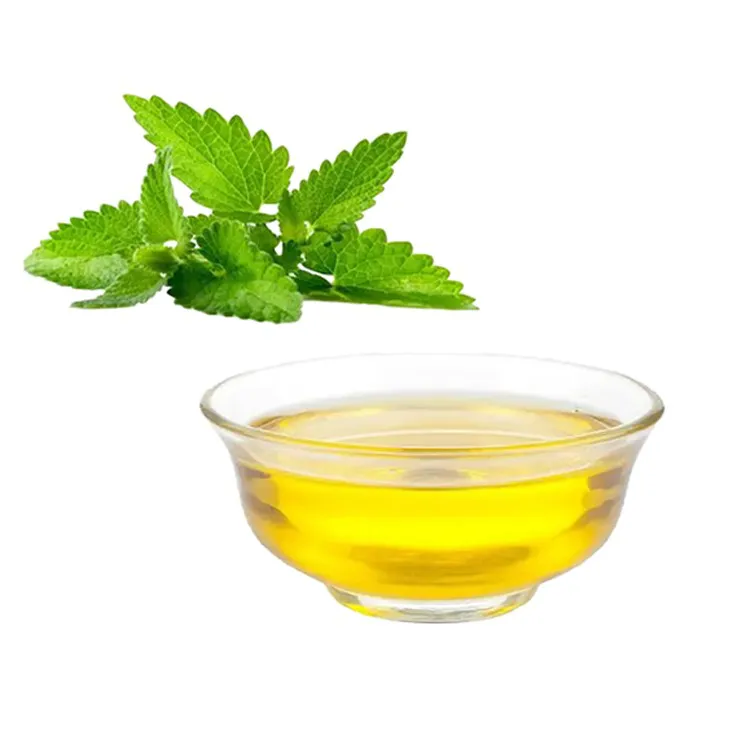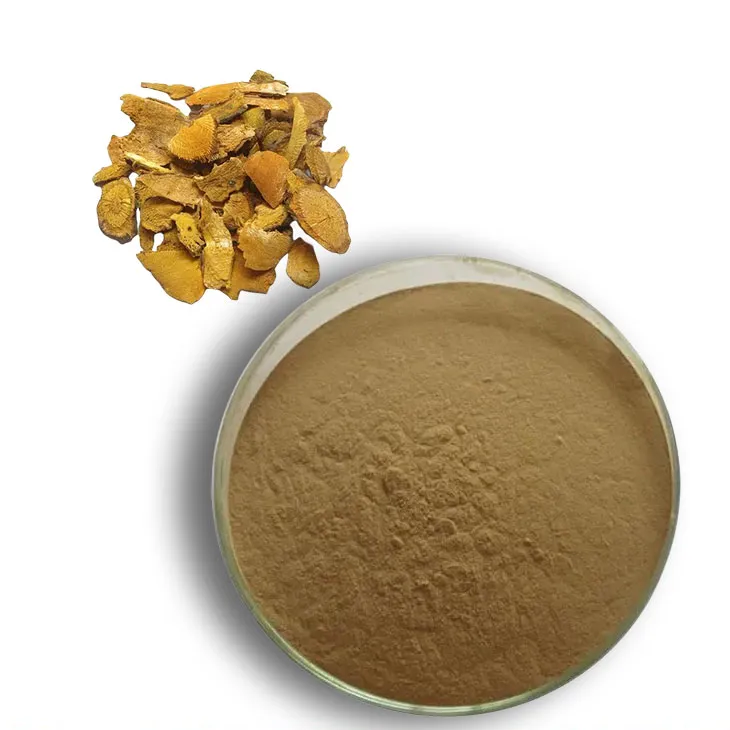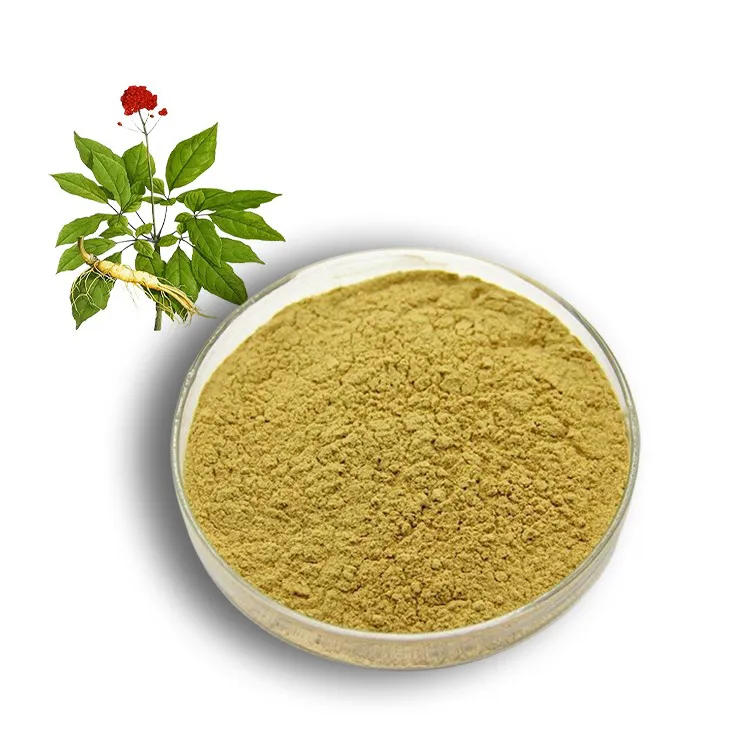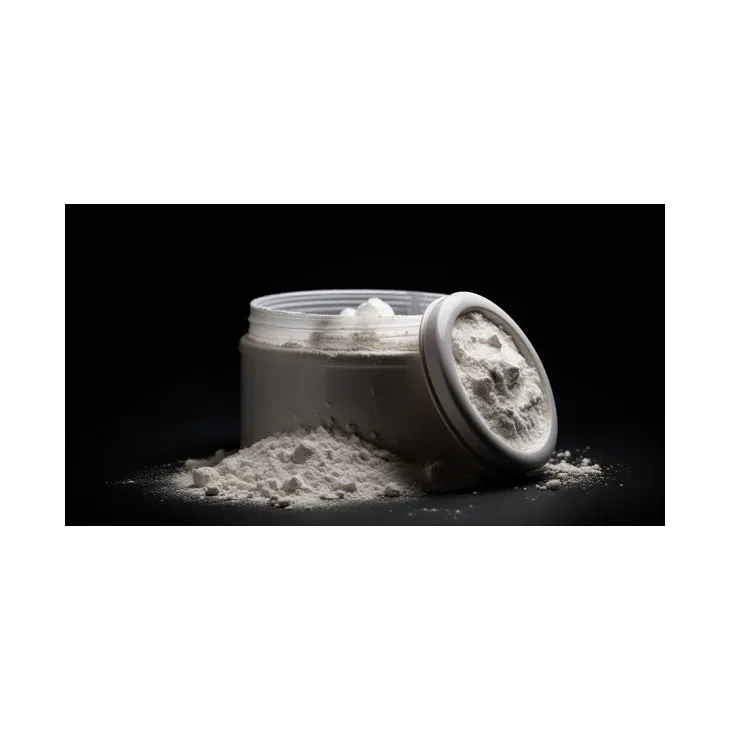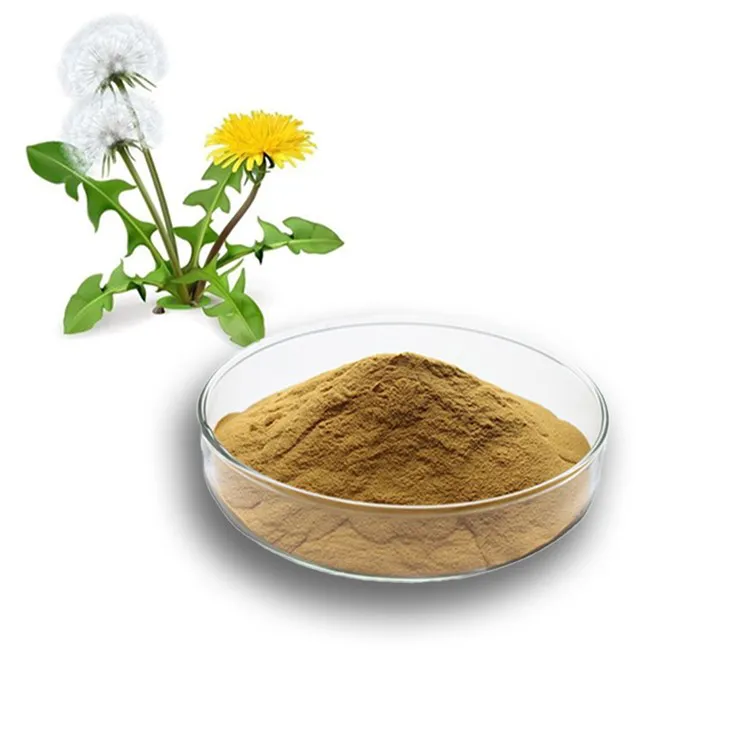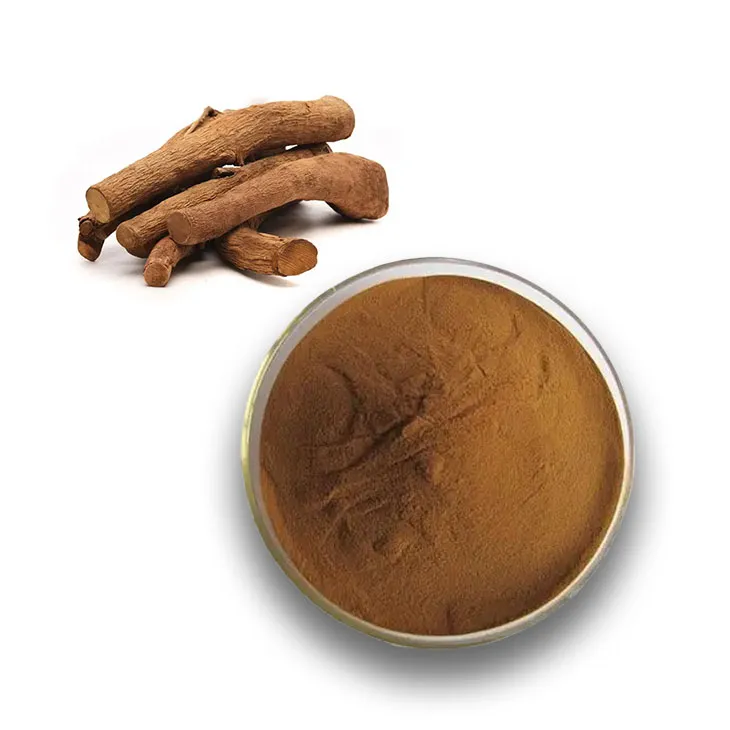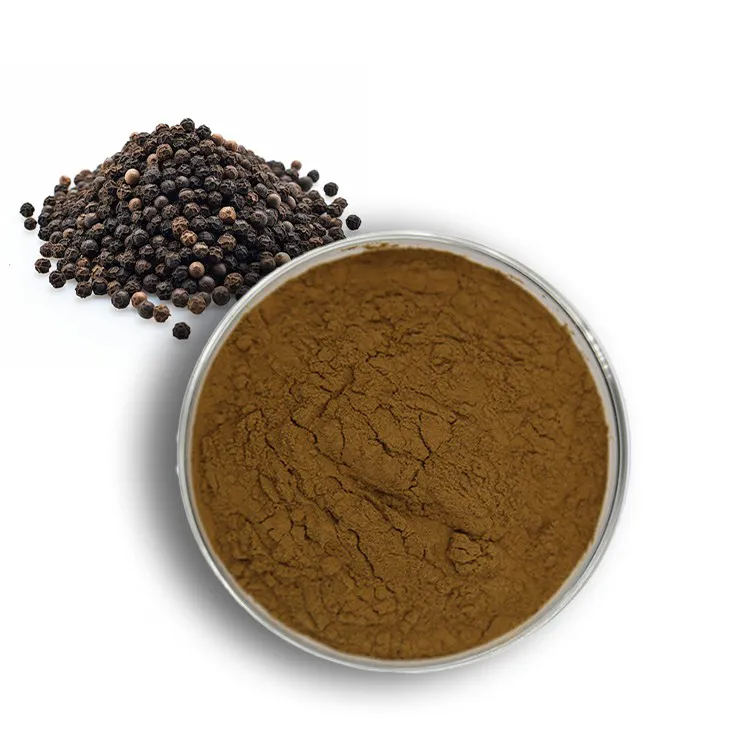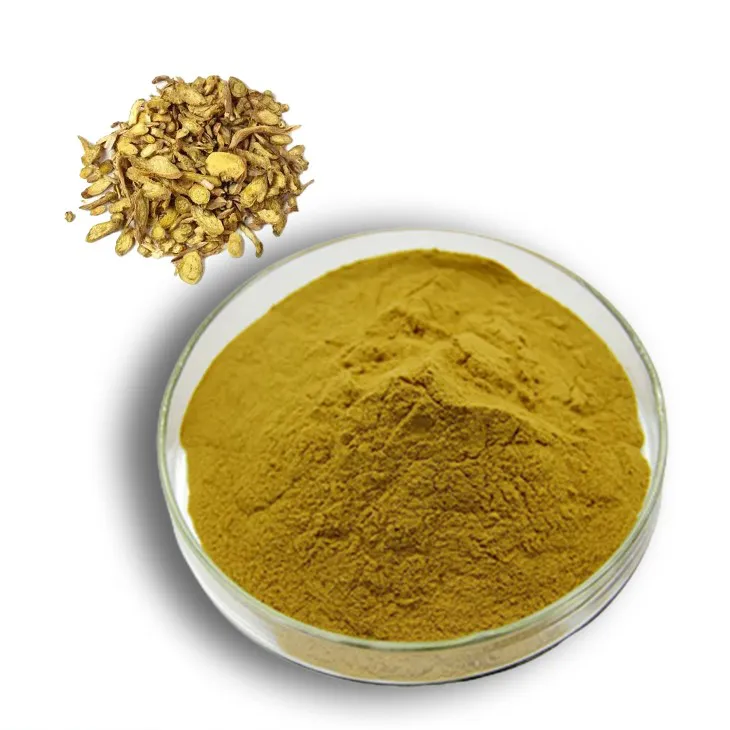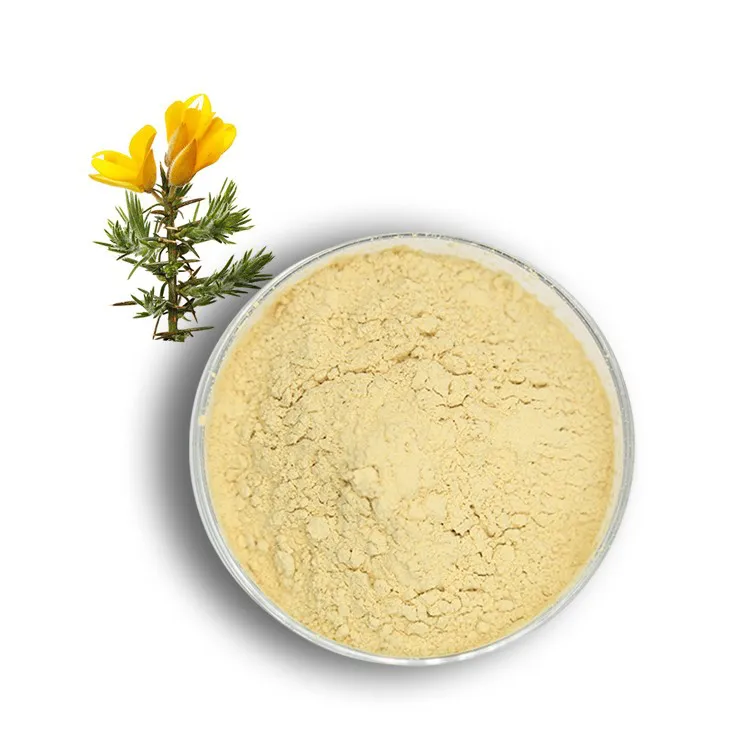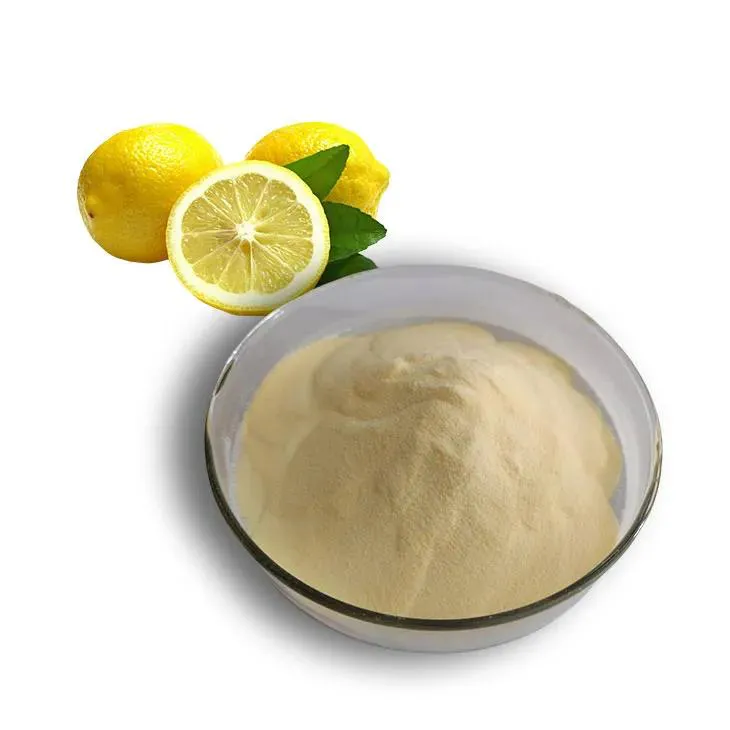- 0086-571-85302990
- sales@greenskybio.com
how to prepare plant extract
2023-09-26
1. Importance of Plant Extracts in Various Industries
2. Selection of Plant Material
2. Selection of Plant Material
The selection of plant material is a critical step in the preparation of plant extracts, as it directly affects the quality, potency, and efficacy of the final product. Several factors must be considered when choosing the appropriate plant material for extraction.
2.1 Source of Plant Material
The first consideration is the source of the plant material. It is essential to select plants that are grown in regions with favorable environmental conditions, free from pollutants, and have a history of minimal pesticide use. Organically grown plants are often preferred due to their lower chemical residue levels.
2.2 Plant Species and Strain
The plant species and strain are crucial for ensuring the desired bioactive compounds are present in the plant material. Different strains of the same species can have varying levels of these compounds, so it is important to select the strain that has been proven to have the highest concentration of the desired compounds.
2.3 Plant Part
Different parts of the plant, such as leaves, roots, stems, flowers, and fruits, contain different types and concentrations of bioactive compounds. The choice of plant part depends on the specific application and the target compounds of interest. For example, the alkaloids in the opium poppy are found in the latex of the unripe seed pods, while the essential oils in lavender are found in the flowers.
2.4 Harvesting Time
The timing of the harvest can significantly impact the concentration of bioactive compounds in the plant material. Some plants may have higher levels of these compounds at certain stages of growth or development. It is important to research and determine the optimal time for harvesting the plant material to ensure maximum potency.
2.5 Quality of Plant Material
The quality of the plant material is determined by factors such as age, freshness, and overall health of the plant. Older or diseased plants may have lower concentrations of bioactive compounds or may contain undesirable compounds. Fresh plant material is generally preferred for extraction to ensure the highest quality and potency.
2.6 Authentication and Purity
Ensuring the authenticity and purity of the plant material is crucial to prevent contamination or misidentification of the plant species. This can be done through various methods such as DNA barcoding, microscopic examination, and chemical fingerprinting.
2.7 Legal and Ethical Considerations
It is important to consider the legal and ethical implications of selecting plant material, especially for rare or endangered species. Some plants may be protected by international or local regulations, and their use may require special permits or restrictions.
In conclusion, the selection of plant material is a multifaceted process that requires careful consideration of various factors. By choosing the right plant material, one can ensure the quality, potency, and efficacy of the plant extracts, which are essential for their applications in various industries.
3. Preparation Methods for Plant Extracts
3. Preparation Methods for Plant Extracts
The preparation of plant extracts is a critical process that can significantly impact the quality and efficacy of the final product. Several methods are commonly used to extract bioactive compounds from plant materials, each with its advantages and limitations. Here is an overview of the most prevalent preparation methods for plant extracts:
3.1 Solvent Extraction
Solvent extraction is one of the most widely used methods for preparing plant extracts. It involves the use of a solvent, such as water, ethanol, methanol, or a mixture of solvents, to dissolve the desired compounds from the plant material. The solvent is then evaporated, leaving behind a concentrated extract.
3.2 Cold Maceration
Cold maceration is a gentle extraction method where plant material is soaked in a solvent at low temperatures for an extended period. This method is suitable for heat-sensitive compounds and helps preserve the integrity of the bioactive components.
3.3 Hot Infusion
Hot infusion involves steeping plant material in hot water, similar to making tea. This method is quick and simple but may not be as effective in extracting all types of compounds, especially those with low solubility in water.
3.4 Steam Distillation
Steam distillation is a method used to extract volatile compounds, such as essential oils, from plant materials. The plant material is heated with steam, and the resulting vapors are condensed and collected. This method is particularly useful for extracting aromatic compounds.
3.5 Supercritical Fluid Extraction (SFE)
Supercritical fluid extraction utilizes a supercritical fluid, typically carbon dioxide, to extract compounds from plant materials. The supercritical fluid has unique properties, such as high solubility and low viscosity, which enable efficient extraction of a wide range of compounds.
3.6 Ultrasonic-Assisted Extraction (UAE)
Ultrasonic-assisted extraction uses ultrasonic waves to enhance the extraction process. The ultrasonic waves disrupt the plant cell walls, allowing for more efficient extraction of bioactive compounds.
3.7 Microwave-Assisted Extraction (MAE)
Microwave-assisted extraction employs microwave energy to heat the plant material and solvent, accelerating the extraction process. This method can be faster and more efficient than traditional methods, with the added benefit of being environmentally friendly.
3.8 Enzymatic Extraction
Enzymatic extraction involves the use of enzymes to break down plant cell walls and release the desired compounds. This method is particularly useful for extracting compounds that are bound to plant cell structures.
3.9 Pressing and Cold Pressing
Pressing and cold pressing are mechanical methods used to extract oils and other compounds from plant materials. Cold pressing is especially useful for extracting oils without the use of heat, preserving the quality of the extracted compounds.
Each of these methods has its own set of advantages and disadvantages, and the choice of method depends on the specific plant material, the desired compounds, and the intended application of the extract. By understanding these various extraction techniques, researchers and manufacturers can optimize the preparation process to achieve the highest quality and most effective plant extracts.
4. Equipment and Tools Required
4. Equipment and Tools Required
To successfully prepare plant extracts, having the right equipment and tools is essential. Here is a list of commonly used items in the process:
4.1 Extraction Vessels
- Beakers and Flasks: For initial extractions and small-scale processes.
- Stainless Steel Tanks: For larger, industrial-scale extractions.
4.2 Heating and Cooling Systems
- Hot Plates and Bunsen Burners: For heating solutions in a laboratory setting.
- Water Baths and Heating Mantles: For controlled temperature heating.
- Refrigerators and Freezers: For cooling extracts and storing samples.
4.3 Filtration and Separation Equipment
- Filter Paper and Funnel: For basic filtration of solid particles.
- Vacuum Filtration Systems: For efficient and rapid filtration under vacuum.
- Separatory Funnel: For liquid-liquid separations.
4.4 Grinding and Homogenization Tools
- Mortar and Pestle: For manual grinding of plant materials.
- Coffee Grinders or Blenders: For mechanical grinding.
- High-Pressure Homogenizers: For creating a uniform mixture of plant material and solvent.
4.5 Solvent Recovery Systems
- Rotary Evaporators: For the removal of solvents under reduced pressure and controlled temperature.
- Distillation Apparatus: For the purification and concentration of extracts.
4.6 Analytical Instruments
- UV-Vis Spectrophotometer: For measuring the concentration of compounds.
- High-Performance Liquid Chromatography (HPLC): For the separation and quantification of components.
- Gas Chromatography-Mass Spectrometry (GC-MS): For the identification and analysis of volatile compounds.
4.7 Personal Protective Equipment (PPE)
- Lab Coats, Gloves, and Safety Goggles: To protect the operator from chemicals and plant material.
- Respirators or Masks: To prevent inhalation of dust or fumes.
4.8 Miscellaneous Items
- Glassware: Pipettes, graduated cylinders, and volumetric flasks for precise measurements.
- Thermometers and pH Meters: For monitoring temperature and pH levels.
- Scales: For accurate weighing of plant materials and chemicals.
4.9 Automation and Control Systems
- Automated Extraction Systems: For precise control over extraction parameters.
- Computer Software: For data logging and process control.
4.10 Storage and Packaging Materials
- Glass Bottles and Vials: For storing extracts.
- Filtration Membranes and Syringes: For sterile filtration and packaging.
Having a well-equipped lab or facility will significantly streamline the process of preparing plant extracts and ensure that the final product is of high quality. It's also important to maintain and calibrate equipment regularly to ensure accuracy and reliability in the extraction process.
5. Safety Precautions
5. Safety Precautions
Safety is paramount when preparing plant extracts, as many plant materials can be toxic, allergenic, or otherwise harmful if not handled properly. Here are some essential safety precautions to consider:
Personal Protective Equipment (PPE):
- Always wear appropriate PPE, including gloves, safety goggles, and lab coats to protect your skin and eyes from contact with plant materials and chemicals.
Ventilation:
- Work in a well-ventilated area to avoid inhaling potentially harmful dust or fumes from plant materials or solvents.
Chemical Handling:
- Handle all chemicals with care, following Material Safety Data Sheets (MSDS) guidelines. Use fume hoods when working with volatile solvents.
Disposal:
- Dispose of plant materials and chemicals according to local regulations to prevent environmental contamination.
Training:
- Ensure that all personnel involved in the preparation of plant extracts are adequately trained in safety procedures and first aid.
Emergency Preparedness:
- Have a plan in place for emergencies, including access to a first aid kit and knowledge of emergency exits.
Storage:
- Store plant materials and chemicals in designated areas, away from heat sources and direct sunlight.
Hygiene:
- Maintain cleanliness in the workspace to prevent contamination of the extracts.
Monitoring:
- Regularly monitor the work environment for potential hazards and address them promptly.
Documentation:
- Keep detailed records of all procedures, including the preparation process, any incidents, and corrective actions taken.
By adhering to these safety precautions, you can minimize risks and ensure a safe working environment for all involved in the preparation of plant extracts.
6. Quality Control Measures
6. Quality Control Measures
Quality control is a critical aspect of preparing plant extracts to ensure the final product meets the required standards for purity, potency, and safety. Here are some key measures to be taken:
6.1 Standardization of Raw Materials
- Ensure that the plant materials used are of the highest quality and are harvested at the optimal time to maximize the concentration of active compounds.
6.2 Validation of Extraction Processes
- The extraction process should be validated to ensure that it is consistently effective in isolating the desired compounds from the plant material.
6.3 Analytical Testing
- Employ analytical techniques such as high-performance liquid chromatography (HPLC), gas chromatography (GC), and mass spectrometry to identify and quantify the active ingredients in the extracts.
6.4 Microbiological Testing
- Conduct tests to ensure that the plant extracts are free from harmful microorganisms and meet the required microbiological standards.
6.5 Pesticide and Heavy Metal Residue Testing
- Screen the extracts for the presence of pesticide residues and heavy metals to ensure they are within safe limits.
6.6 Stability Testing
- Perform stability tests to determine the shelf life of the plant extracts and to establish appropriate storage conditions.
6.7 Batch Control
- Implement a batch control system to track each stage of the extraction process and to ensure that each batch can be traced back to its source.
6.8 Good Manufacturing Practices (GMP)
- Adhere to GMP guidelines to ensure that the plant extracts are produced in a controlled environment that minimizes the risk of contamination.
6.9 Documentation and Record Keeping
- Maintain detailed records of all aspects of the extraction process, including raw material sourcing, processing steps, testing results, and any deviations from the standard operating procedures.
6.10 Continuous Improvement
- Regularly review and update quality control procedures to incorporate new technologies, methodologies, and industry best practices.
6.11 Training of Personnel
- Ensure that all personnel involved in the extraction process are adequately trained in quality control procedures and understand the importance of their role in maintaining product quality.
6.12 Customer Feedback
- Actively seek and incorporate customer feedback to identify areas for improvement in the quality of plant extracts.
6.13 Regulatory Compliance
- Stay abreast of and comply with all relevant regulations and standards for plant extracts, including those set by the FDA, USDA, and other international regulatory bodies.
By implementing these quality control measures, manufacturers can ensure that their plant extracts are of the highest quality, safe for use, and effective for their intended applications. This not only protects consumers but also enhances the reputation and credibility of the company in the marketplace.
7. Applications of Plant Extracts
7. Applications of Plant Extracts
Plant extracts have a wide range of applications across various industries due to their rich chemical composition and bioactive properties. Here are some of the key applications:
Pharmaceutical Industry:
- Plant extracts are used as active ingredients in traditional and modern medicines.
- They serve as sources of new drug discovery and development.
- They are used in the formulation of herbal supplements and nutraceuticals.
Cosmetics and Personal Care:
- Plant extracts are incorporated into skincare products for their antioxidant, anti-inflammatory, and soothing properties.
- They are used in hair care products to improve hair health and appearance.
- Fragrance and essential oils derived from plants are used in perfumes and scented products.
Food and Beverage Industry:
- Plant extracts are used as natural flavorings and colorings in food products.
- They are used in functional foods and beverages that offer health benefits beyond basic nutrition.
- Some extracts are used as preservatives to extend the shelf life of food products.
Agricultural Industry:
- Plant extracts are used as natural pesticides and insect repellents in organic farming.
- They can act as growth promoters and stress protectants for crops.
Environmental and Cleaning Products:
- Plant-based extracts are used in eco-friendly cleaning products due to their natural antimicrobial properties.
- They are used in air fresheners and odor control products.
Textile Industry:
- Natural dyes derived from plant extracts are used for coloring fabrics in a sustainable manner.
- Some extracts are used in the finishing processes to impart specific properties to textiles, such as antimicrobial or UV protection.
Research and Development:
- Plant extracts are extensively used in scientific research for studying their bioactive compounds and potential health benefits.
- They are used in the development of new pharmaceuticals, cosmetics, and other products.
Traditional Medicine:
- Plant extracts are integral to traditional medicine systems like Ayurveda, Traditional Chinese Medicine, and herbal remedies across cultures.
Wellness and Health Supplements:
- They are used in the formulation of dietary supplements that claim to improve overall health and well-being.
The versatility of plant extracts is a testament to their importance in various sectors, and as research continues, their applications are likely to expand even further.
8. Future Trends in Plant Extract Technology
8. Future Trends in Plant Extract Technology
The field of plant extract technology is rapidly evolving, with ongoing research and development aimed at enhancing efficiency, sustainability, and the range of applications. Here are some of the future trends that are expected to shape this industry:
8.1 Advancements in Extraction Techniques
New and innovative extraction methods are continually being explored to improve the yield and quality of plant extracts. Techniques such as ultrasound-assisted extraction, microwave-assisted extraction, and supercritical fluid extraction are becoming more prevalent due to their efficiency and the ability to preserve the bioactive compounds within the plant material.
8.2 Green Chemistry and Sustainability
There is a growing emphasis on green chemistry principles within the plant extract industry. This includes the use of environmentally friendly solvents, reducing waste, and minimizing the energy consumption during the extraction process. Sustainable practices are becoming a priority to ensure the long-term viability of the industry and to meet consumer demand for eco-friendly products.
8.3 Personalized Medicine and Nutraceuticals
The rise of personalized medicine is driving the development of tailored plant extracts that cater to individual health needs. This includes the creation of nutraceuticals that are designed to address specific health concerns or to complement a person's unique genetic makeup.
8.4 Nanotechnology Integration
Nanotechnology is expected to play a significant role in the future of plant extract technology. The use of nanoparticles can enhance the bioavailability of plant compounds, allowing for more effective delivery and absorption in the body.
8.5 Data Analytics and AI
The integration of data analytics and artificial intelligence (AI) in plant extract research can lead to the discovery of new bioactive compounds and optimize extraction processes. AI can analyze vast amounts of data to predict the most effective extraction methods and identify novel applications for plant extracts.
8.6 Regulatory Compliance and Standardization
As the use of plant extracts expands into various industries, there will be an increased need for stringent regulatory compliance and standardization. This includes the development of global standards for quality, safety, and efficacy to ensure consumer confidence and protect public health.
8.7 Expansion into New Markets
The versatility of plant extracts is driving their expansion into new markets beyond traditional applications in food, beverages, and pharmaceuticals. This includes the cosmetic, agricultural, and environmental industries, where plant extracts can offer sustainable and innovative solutions.
8.8 Education and Public Awareness
Increasing public awareness and understanding of the benefits of plant extracts is crucial for the industry's growth. Educational initiatives and transparent communication about the processes and benefits of plant extracts will help to build consumer trust and drive demand.
8.9 Collaborative Research and Development
Collaboration between academia, industry, and regulatory bodies will be key in driving innovation and addressing challenges within the plant extract industry. Joint research efforts can lead to breakthroughs in extraction technology and the development of new applications.
8.10 Ethical Sourcing and Biodiversity Conservation
With the increasing demand for plant extracts, there is a growing need to ensure ethical sourcing practices and the conservation of biodiversity. This includes promoting the sustainable harvesting of plant materials and the preservation of ecosystems to maintain the natural resources required for plant extract production.
In conclusion, the future of plant extract technology holds immense potential for innovation and growth. By embracing new technologies, prioritizing sustainability, and fostering collaboration, the industry can continue to thrive and contribute to various sectors, ultimately improving the quality of life for people around the world.
9. Conclusion and Recommendations
9. Conclusion and Recommendations
In conclusion, plant extracts hold a significant position in various industries due to their diverse applications and inherent properties. From pharmaceuticals to cosmetics, food and beverages, and even agriculture, the use of plant extracts is widespread and continues to grow. The process of preparing plant extracts involves careful selection of plant material, choosing the appropriate extraction method, and ensuring quality control throughout the process.
Recommendations for Effective Plant Extract Preparation:
1. Consistent Quality of Plant Material: Always source high-quality plant material to ensure the potency and purity of the extracts. This includes selecting plants that are free from pesticides and other contaminants.
2. Adopt Modern Extraction Techniques: Utilize modern extraction methods such as supercritical fluid extraction and ultrasonic-assisted extraction to improve efficiency and yield while preserving the bioactive compounds.
3. Invest in Adequate Equipment: Ensure that the necessary equipment and tools are available and well-maintained to facilitate the extraction process effectively.
4. Implement Safety Measures: Prioritize safety by providing appropriate training to personnel and implementing safety protocols during the extraction process.
5. Emphasize Quality Control: Establish and adhere to strict quality control measures to ensure the consistency, purity, and potency of the plant extracts.
6. Continuous Research and Development: Encourage ongoing research to discover new applications for plant extracts and to improve existing extraction technologies.
7. Sustainability: Promote sustainable practices in the harvesting and processing of plant materials to minimize environmental impact.
8. Regulatory Compliance: Stay updated with industry regulations and ensure that all plant extracts meet the required standards for safety and efficacy.
9. Education and Training: Provide regular training to staff on best practices in plant extract preparation to maintain high standards and adapt to new technologies and methods.
10. Innovation in Applications: Explore innovative applications for plant extracts in emerging industries such as nanotechnology and biomaterials to expand their market and utility.
By following these recommendations, the industry can continue to harness the power of plant extracts while ensuring safety, quality, and sustainability. The future of plant extract technology looks promising, with ongoing advancements set to further enhance the efficiency and effectiveness of these valuable natural resources.
- ▶ Hesperidin
- ▶ Citrus Bioflavonoids
- ▶ Plant Extract
- ▶ lycopene
- ▶ Diosmin
- ▶ Grape seed extract
- ▶ Sea buckthorn Juice Powder
- ▶ Fruit Juice Powder
- ▶ Hops Extract
- ▶ Artichoke Extract
- ▶ Mushroom extract
- ▶ Astaxanthin
- ▶ Green Tea Extract
- ▶ Curcumin
- ▶ Horse Chestnut Extract
- ▶ Other Product
- ▶ Boswellia Serrata Extract
- ▶ Resveratrol
- ▶ Marigold Extract
- ▶ Grape Leaf Extract
- ▶ New Product
- ▶ Aminolevulinic acid
- ▶ Cranberry Extract
- ▶ Red Yeast Rice
- ▶ Red Wine Extract
-
Peppermint Oil
2023-09-26
-
Giant Knotweed Extract
2023-09-26
-
Panax Ginseng Leaf Extract
2023-09-26
-
Aminolevulinic acid
2023-09-26
-
Dandelion Leaf Extract
2023-09-26
-
Tongkat Ali Extract Powder
2023-09-26
-
Black Pepper Extract
2023-09-26
-
Baicalin
2023-09-26
-
Genistein
2023-09-26
-
Lemon Juice Powder
2023-09-26











